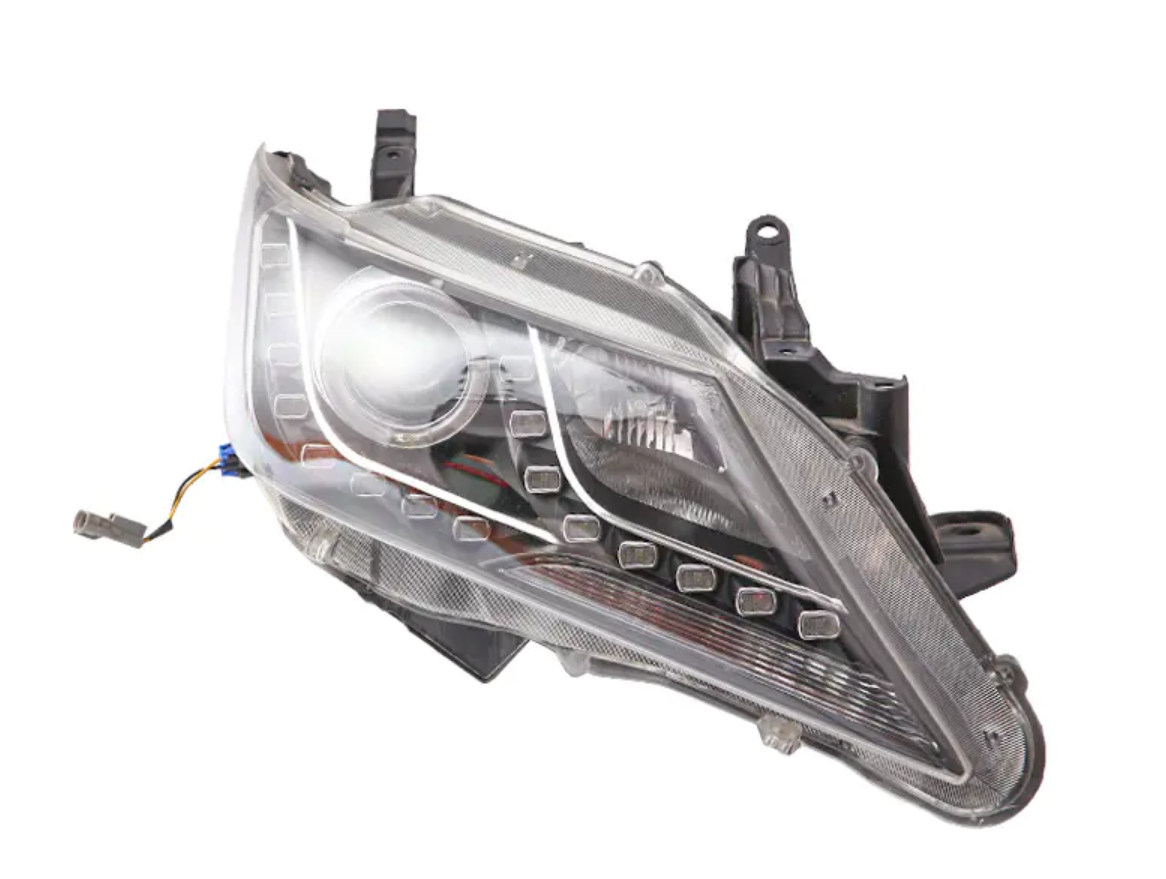How Plastic Moulds Reduce Environmental Impact

As the demand for household items continues to grow, the environmental impact of their production has become a significant concern. Plastic household moulds play a critical role in addressing these concerns by enabling the use of sustainable materials and energy-efficient manufacturing processes.
One of the primary environmental benefits of plastic household moulds is their ability to work with recyclable and biodegradable plastics. By using these eco-friendly materials, manufacturers can produce household items that are easier to recycle at the end of their lifecycle. This practice helps reduce waste and conserve natural resources, supporting a circular economy.
Additionally, plastic household moulds facilitate energy-efficient production methods. Advanced moulding techniques, such as injection moulding, require less energy compared to traditional manufacturing processes. This energy efficiency, combined with the use of renewable energy sources in production facilities, further reduces the carbon footprint of household item production.
Moreover, plastic moulds contribute to the lightweight design of household items. Lightweight products not only reduce material consumption but also lower transportation emissions, as they are easier to ship and handle. This reduction in emissions aligns with global efforts to combat climate change and promote sustainability.
Manufacturers are also increasingly adopting closed-loop systems in plastic moulding processes. These systems recycle scrap plastic and reintroduce it into the production cycle, minimizing waste and enhancing resource efficiency. This approach ensures that even the by-products of production are utilized, reducing the overall environmental impact.
- Whats New
- Shopping
- Wellness
- Sports
- Theater
- Religion
- Party
- Networking
- Music
- Literature
- Art
- Health
- الألعاب
- Food
- Drinks
- Fitness
- Gardening
- Dance
- Causes
- Film
- Crafts
- Other/General
- Cricket
- Grooming
- Technology

